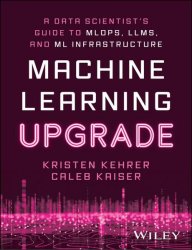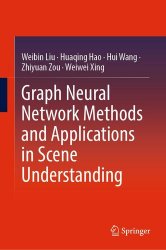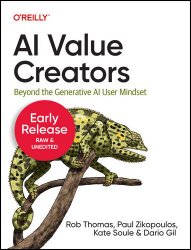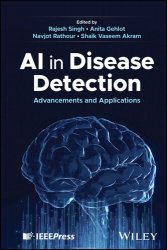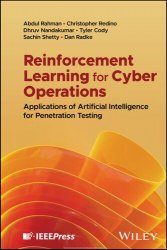 Название: Системное программирование: Учебное пособие
Название: Системное программирование: Учебное пособиеАвтор: Е.Е. Бизянов
Издательство: Инфра-Инженерия
Год: 2024
Страниц: 194
Язык: русский
Формат: pdf
Размер: 10.76 MB
Приведены теоретические положения и представлены практические примеры системного программирования. Рассмотрены системные ресурсы компьютера. Изложены основы языков системного программирования низкого уровня - Си и Ассемблера. Значительная часть пособия посвящена программированию аппаратных средств: устройств ввода/вывода, дисков. Подробно рассмотрено программирование портов ввода-вывода, использующих интерфейсы LPT, СОМ и USB. Для программирования разнородных устройств необходимо знать аппаратные регистры, настройка которых позволяет прочитать информацию об устройствах, задать их параметры, определить режимы работы и т.п. В завершающем разделе пособия рассматривается создание специфических системных программ: служб Windows и демонов Linux.
